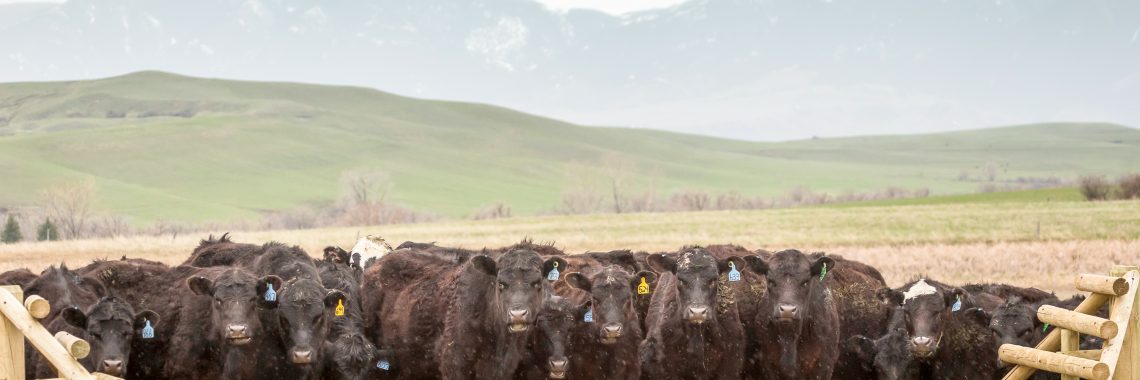Wyoming ranchers have watched livestock markets suffer as a result of COVID-19 over the last few months.
While some producers saw immediate losses due to sharply lower markets, most were not in a position to market their livestock. The impacts to Wyoming ranchers will be realized as we go through summer and enter fall. Most livestock in Wyoming gets marketed in the fall. Ranchers could face tough decisions as markets remain volatile and significant downside risk exists.
Having a good understanding of a ranch’s financial health is key to making good decisions in challenging times. University of Wyoming Extension has two bulletins that can really help ranchers understand their current financial health.
Understanding Financial Statements (B-1308) walks ranchers through understanding the three key financial statements: the balance sheet, income statement, and cash flow statement. Each analyzes different aspects of an operation’s financial health and should be viewed as a group.
Knowing how to measure financial success can help guide management decisions you are contemplating. Without using all three statements, choices can be made that may seem to help a ranch in the short-run but can actually be weakening its long-term financial health.
Calculating financial ratios may be helpful once you have an understanding of financial statements. Calculating and Interpreting Financial Ratios to Gauge Ranch Business Health and Guide Management Decisions (B-1307) discusses key indicators of liquidity, solvency, and income. On their own, these ratios can be helpful in making decisions, looking at them as a group can be even more useful; however, they are just another tool in the decision making toolbox and should be used in conjunction with other management tools.
- Liquidity is a short-run concept and can be defined as the ability of a ranch to cover short-term obligations from normal operations – usually commitments within the business year.
- Solvency is a long-run concept that measures a business’ ability to cover all outstanding debt and the amount of the business owned by you as opposed to others (for example the bank).
- Income analysis – Obviously, net farm income (NFI) is a number you want to track. A more meaningful number is net farm income from operations (NFIFO), as this is NFI before any gain or loss from the sale of capital assets not generally part of the core business of a ranch.
While the information in these bulletins may seem a little daunting, this level of financial analysis can be extremely useful when facing challenging decisions. Once a rancher has a solid understanding of their financial health, the decision tools, like the break-even budget tool and others found on the Wyoming Ranch Tools website, become even more powerful (www.uwyoextension.org/ranchtools).
The bulletins can be found on the UW Extension website at www.wyoextension.org/publications.
Bridger Feuz is the interim associate director of UW Extension and livestock marketing specialist, and John Ritten is the interim director of the Wyoming Agricultural Experiment Station. Feuz can be reached at (307) 783-0570 or bmfeuz@uwyo.edu; Ritten can be contacted at (307) 766-3373 or at john.ritten.uwyo.edu.





